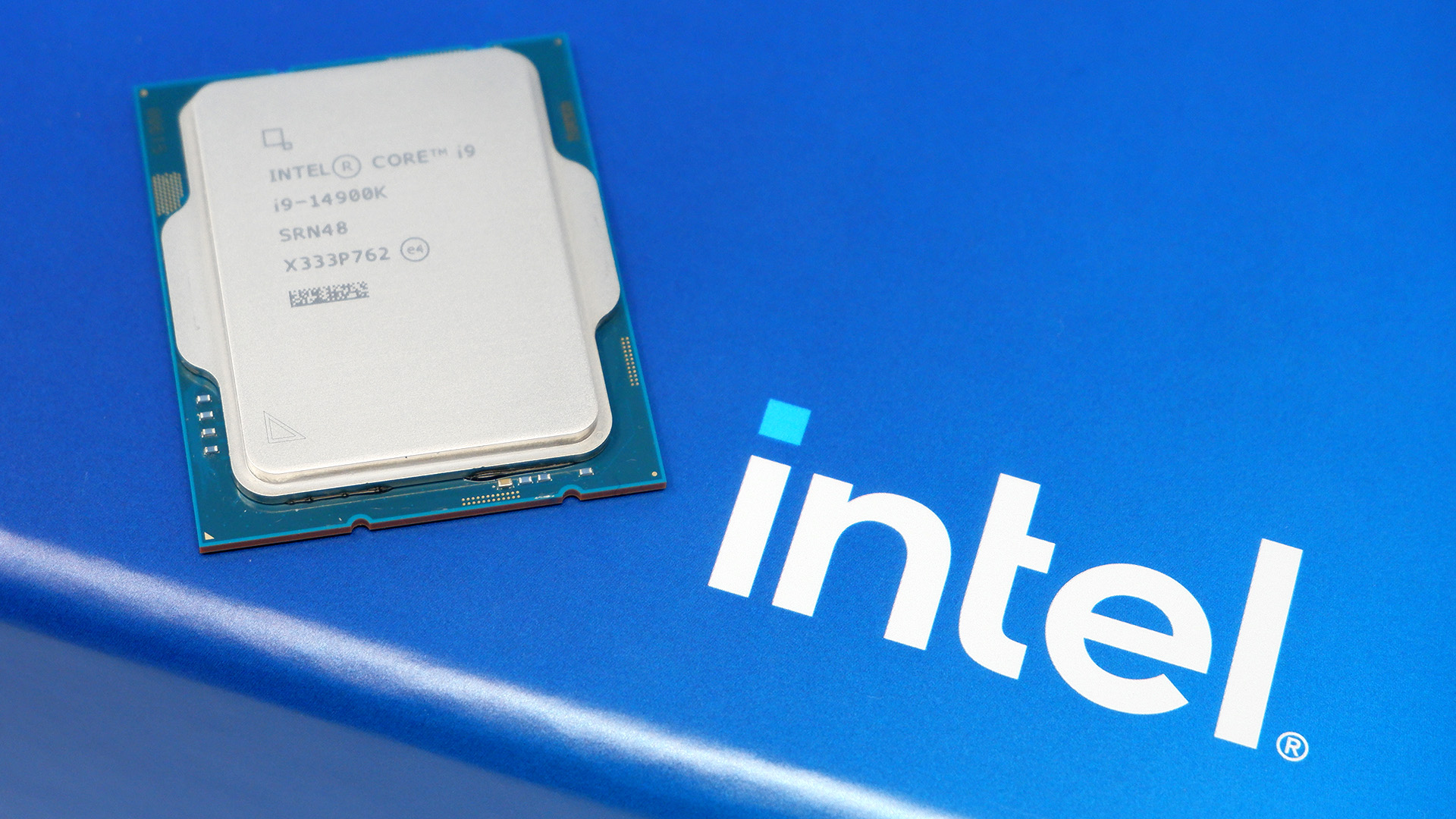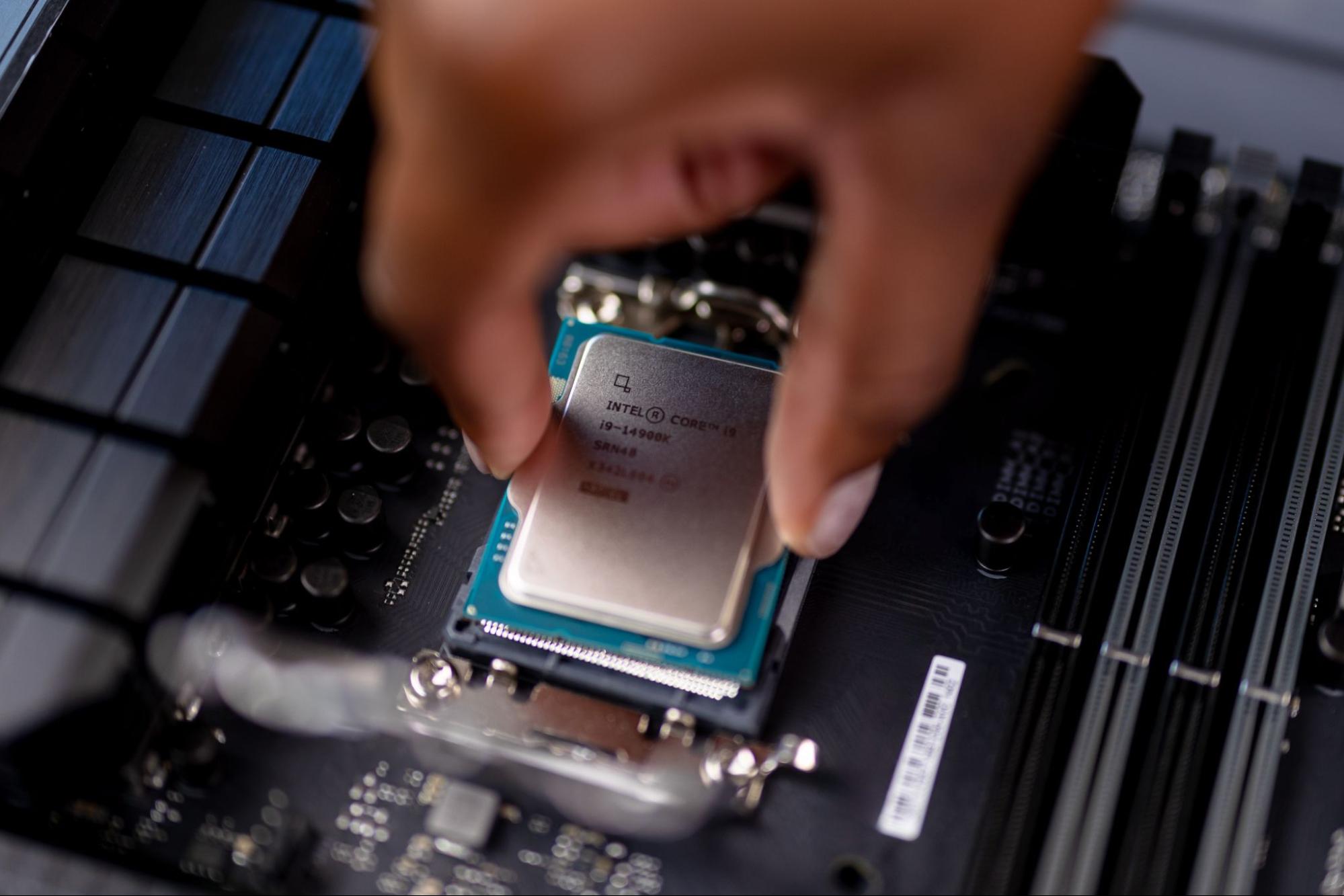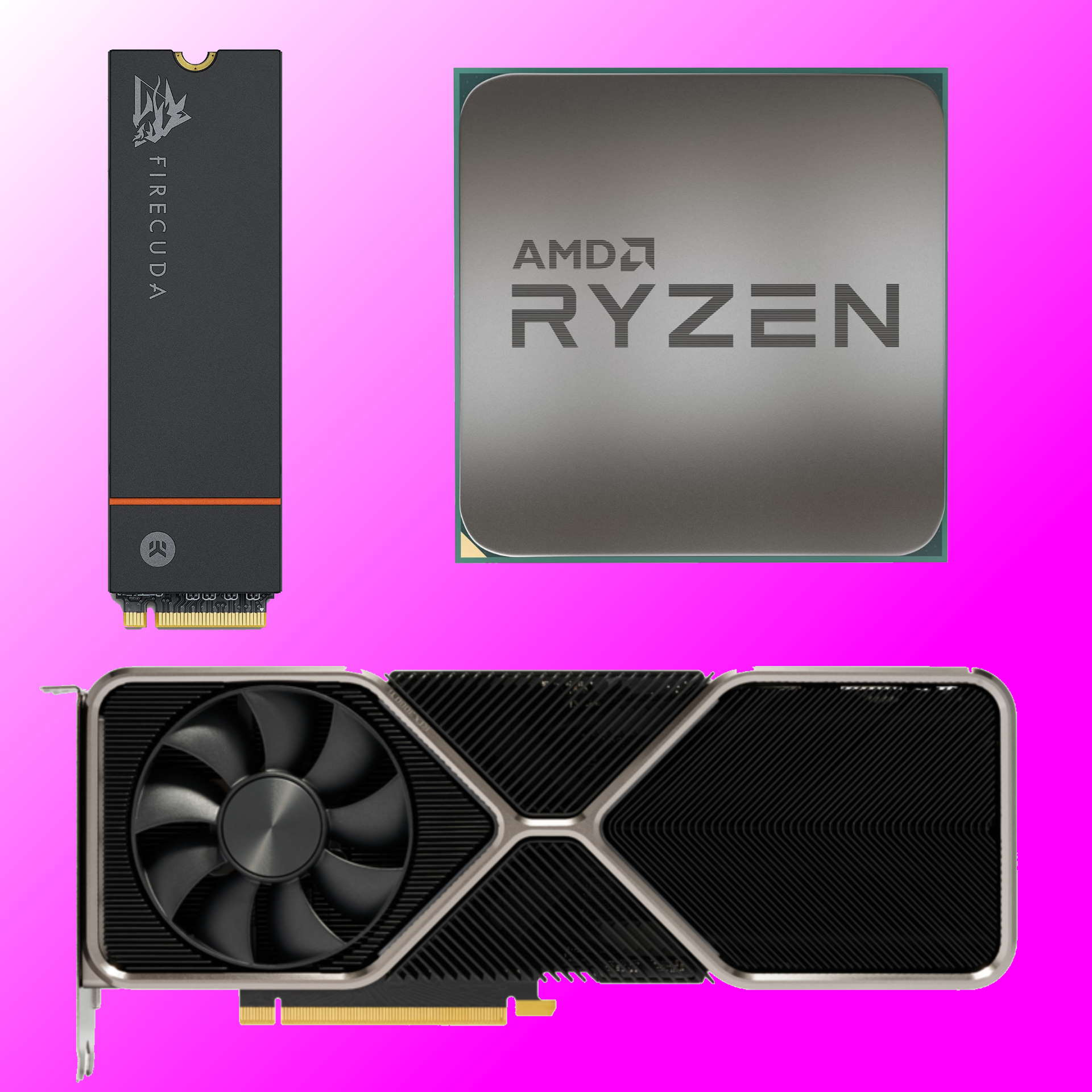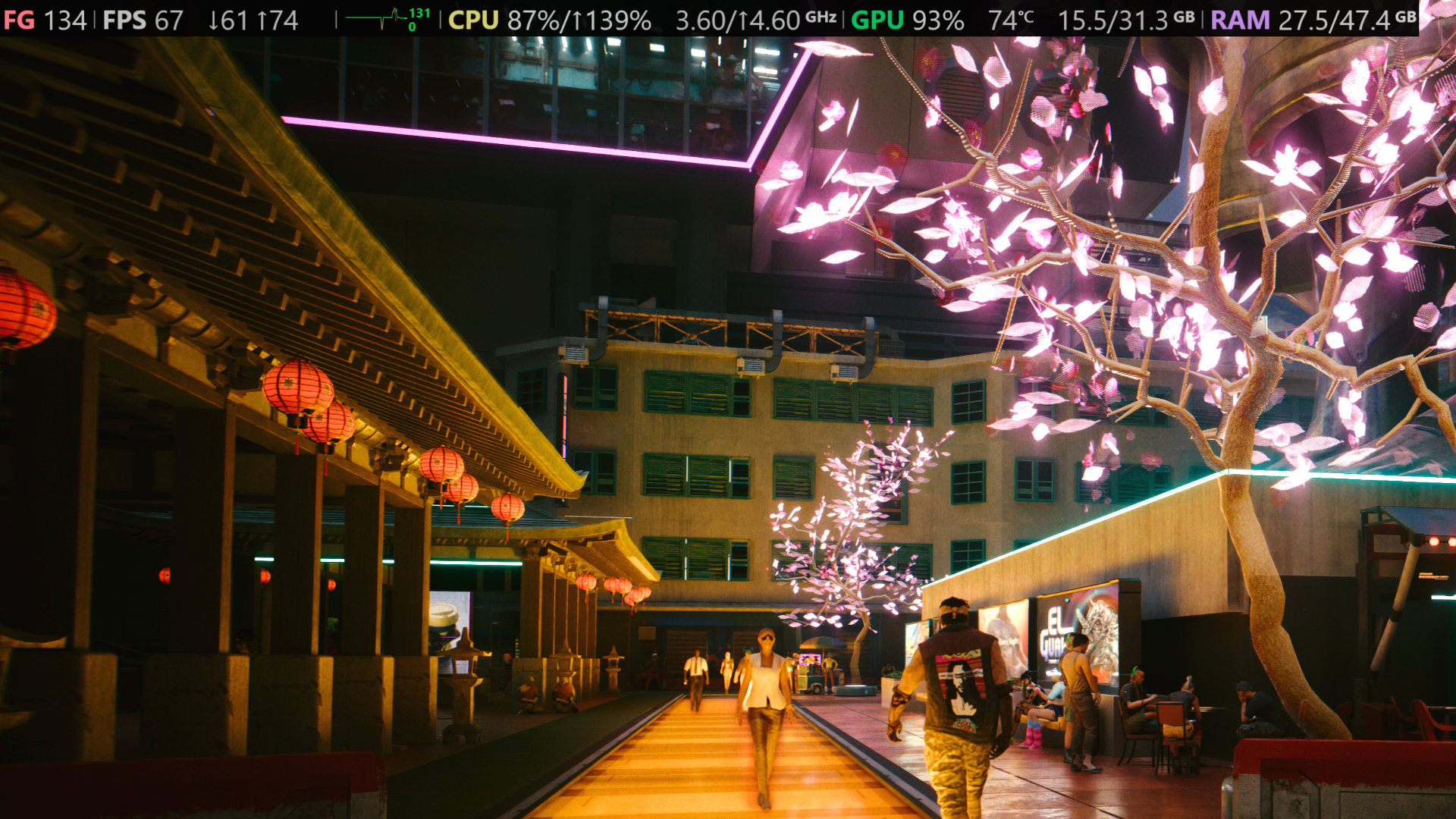
These bugs refuse to be squashed...
A couple of weeks ago I reported the surprising news that Intel’s elderly and bug-infested 13th and 14th Gen Raptor Lake CPUs are still selling in numbers. Now it turns out Intel is also still working at completely fixing all the problems those chips have had since launch. The results are a new microcode update which comes over six months since the last patch was released in September.
To say this story has been running on and on is an acute understatement. Back in September, we moaned that, “one might have thought all the Intel stability issue malarkey was behind us,” what with previous patches in June and August last year which aimed to solve the problems having been and gone.
But here we are in May 2025 and Intel has yet another patch for the well publicised stability issues that plagued 13th and 14th Gen Raptor Lake CPUs. The new microcode fix—dubbed 0x12F and not to be confused with the 0x125, 0x129 and 0x12B patches that came before it—”further improves system conditions that can potentially contribute to Vmin Shift Instability on Intel Core 13th and 14th Gen desktop-powered systems.”
Intel is at pains to point out that this new microcode does not imply a change in its analysis of the actual cause of the problems. “The release of the 0x12F microcode does not alter the root cause determination for the Intel Core 13th and 14th Gen desktop processor Vmin Shift Instability issue,” Intel says.
You can read Intel’s detailed explanation here. But the short version is that multiple factors were causing the chips to run excess voltage and power levels. Exactly what changes Intel has made with the latest patch aren’t clear.
It’s frankly pretty remarkable that Intel is still releasing patches for this bug, well over year after the problem first emerged. On the one hand, it’s reassuring that Intel is still putting resources into older products, but on the other, you really might have thought it would have fixed the problem with earlier patches.
Indeed, the fact that Intel is still working away at the problem implies that there may never be a “total fix” for Raptor Lake’s woes.
On a somewhat tangential note, almost as surprising as the idea that Intel is still chipping away at these processors is the revelation that it does serious internal testing at a resolution of 1,280 by 1,024 pixels.
In the release notes for this latest patch, Intel details that resolution for its Cinebench R23.200, Speedometer 3, WebXPRT4 (v3.73), and Crossmark testing. If I remember correctly, the last time I used that res. was around 2004, when a 19-inch flat panel was the latest thing and many PC gamers might still be using 1,280 by 1,024 on a CRT.
But here’s Intel, right at the bleeding edge in 2025, doing testing at 1,280 by 1,024. Interesting, eh?
Best CPU for gaming: Top chips from Intel and AMD.
Best gaming motherboard: The right boards.
Best graphics card: Your perfect pixel-pusher awaits.
Best SSD for gaming: Get into the game first.






